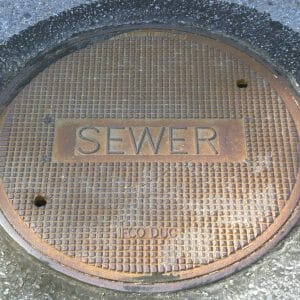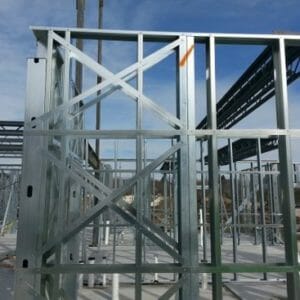E – 1951 Damping in structures. The different approaches adopted in Seismic and Wind Engineering and a new unifying theme
$95.00
Courses Included
There has long been a difference of opinion between wind and earthquake engineers about the values of damping to choose for design, despite the fact that the same structure is responding – just to different actions. This presentation presents the reasons for these disagreements, applies physical principles to energy loss by a structure, and shows that the disagreements are easily reconciled when damping is considered as a non-linear parameter and all forms of energy dissipation are considered.
Additionally the history of the approach to structural damping is reviewed as well as various methods for measuring damping together with an assessment of each methodology.
The change that occurred in the early 1970’s has enormous implications for the measurement and for the use of structural damping as a forensics tool. This is considered in detail in this course.
The following items are considered:
- The measurement of damping considering that it is a non-linear parameter.
- The alignment of a mathematical model of damping with the real performance of structures.
- The use of fracture mechanics to arrive at a predictor for damping.
- Full-scale measurements of structures under wind and earthquake excitation.
- Methods of measuring damping from the behavior of full-scale structures.
- Reconciliation of the different approaches.
- False estimates of response by using constant damping values
- The effect of tilt on damping
- The Random Decrement
- The mechanisms of damping and associated mathematical problems.
- The implications of the wrong choice for damping in earthquake engineering.
- The stick-slip mechanism
- The use of damping for forensic analysis
- Influence functions and damping.
- Retrieving damping data from buildings and bridges at low amplitudes
- Extrapolating from measurements to the elastic limit
- Moving into the ductile zone for seismic design.






